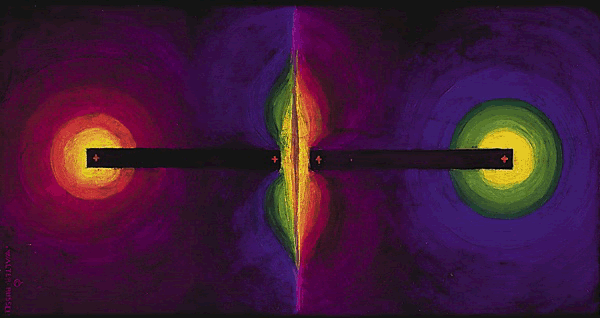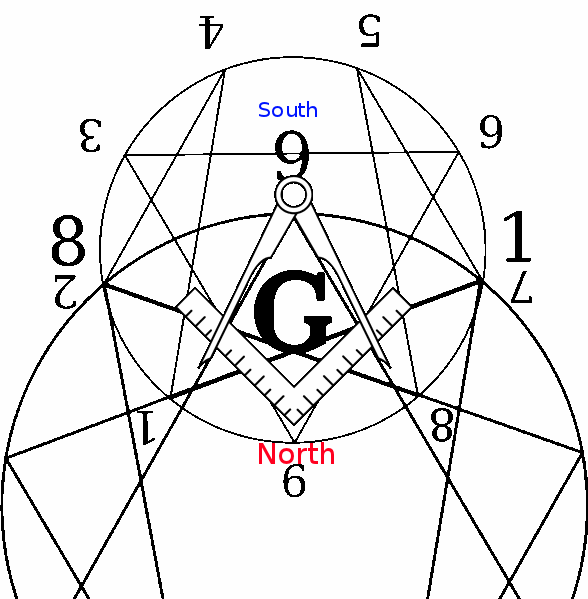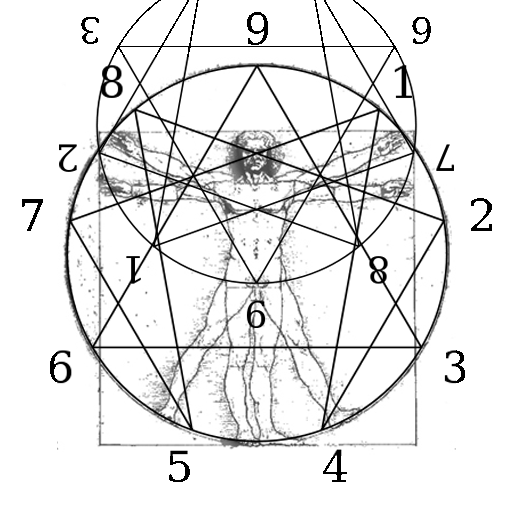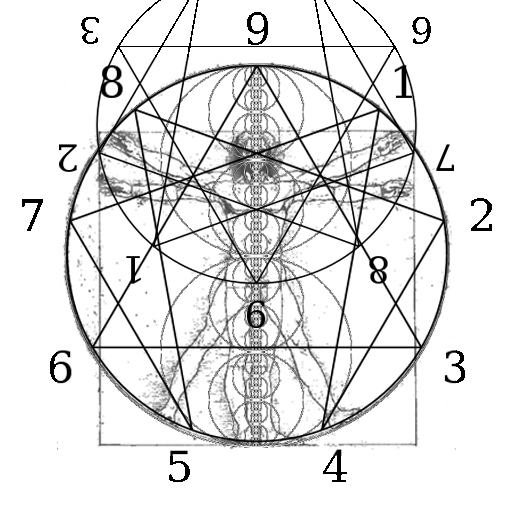Continuing on our info gathering:
here is an example of Morphic Resonance / Fractal Resonance:
Rules of attraction




think 1% vs 99%
------------------------
Lightning signature could help reveal the solar system's origins

resonate this info with :
Shoshana Zuboff: When Global Warming Ate My Life



here is an example of Morphic Resonance / Fractal Resonance:
Rules of attraction
Nicholas Christakis, whose research has shown how everything from obesity to smoking to happiness spreads through social networks, said Monday that the human ability to form lasting relationships results from a trade-off between greater access to information provided by our networks and the increased exposure to disease that networks bring.
“I think the spread of germs is the price we pay for the spread of information,” Christakis said. “The benefit of a connected life outweighs the cost.”
Christakis, who has professorships in sociology, medicine, and medical sociology, provided an overview of how and why social networks form in a talk at the Center for Population and Development Studies. He reviewed recent research on the roots of social groups, including those of Tanzania’s Hadza, among the world’s last hunter-gatherers.
Each human network — whether in the midst of the most industrialized societies or in rural Africa — has similar traits, Christakis said. Among them are the presence of both kin and non-kin, the attraction between like individuals, the tendency of one’s connections to also be connected to one another, the likelihood that connected people are counted in one another’s networks, and a strong chance of decay with geographic distance. Another key trait in human networks is “assortativity.”
Assortativity is the tendency of popular people to be connected to other popular people and the tendency of unpopular people to be connected to unpopular people. Assortativity, it turns out, is the arrangement that provides the greatest resistance to disease, because though germs will tear through the close, interconnected network of the most popular, it will bypass those less well connected.
When looking at how humans evolved over millions of years, selection by the physical environment and through the biological pressure exerted by pathogens and predators gets a lot of attention. The social environment gets less attention as an evolutionary force, Christakis said, though it may also have been important in forming individuals who can function in social groups. Humanity’s big brain, he said, may have developed not just because we needed to use tools, but also because we needed the skills to make friends, discern enemies, and build enduring networks.
“Until today, the main predator of human beings is other human beings,” Christakis said.
Another key trait of human networks is their ability to magnify inputs, Christakis said. If someone is altruistic and helps out a friend, that will likely trigger a cascade, making that person more likely to help others and making those others more likely to pass it on. This generates a higher benefit to the whole group than the original input itself. The downside of networks, of course, is that they can also magnify violence, germs, panic, and other negative factors.
Christakis, who has professorships in sociology, medicine, and medical sociology, provided an overview of how and why social networks form in a talk at the Center for Population and Development Studies. He reviewed recent research on the roots of social groups, including those of Tanzania’s Hadza, among the world’s last hunter-gatherers.
Each human network — whether in the midst of the most industrialized societies or in rural Africa — has similar traits, Christakis said. Among them are the presence of both kin and non-kin, the attraction between like individuals, the tendency of one’s connections to also be connected to one another, the likelihood that connected people are counted in one another’s networks, and a strong chance of decay with geographic distance. Another key trait in human networks is “assortativity.”
Assortativity is the tendency of popular people to be connected to other popular people and the tendency of unpopular people to be connected to unpopular people. Assortativity, it turns out, is the arrangement that provides the greatest resistance to disease, because though germs will tear through the close, interconnected network of the most popular, it will bypass those less well connected.
When looking at how humans evolved over millions of years, selection by the physical environment and through the biological pressure exerted by pathogens and predators gets a lot of attention. The social environment gets less attention as an evolutionary force, Christakis said, though it may also have been important in forming individuals who can function in social groups. Humanity’s big brain, he said, may have developed not just because we needed to use tools, but also because we needed the skills to make friends, discern enemies, and build enduring networks.
“Until today, the main predator of human beings is other human beings,” Christakis said.
Another key trait of human networks is their ability to magnify inputs, Christakis said. If someone is altruistic and helps out a friend, that will likely trigger a cascade, making that person more likely to help others and making those others more likely to pass it on. This generates a higher benefit to the whole group than the original input itself. The downside of networks, of course, is that they can also magnify violence, germs, panic, and other negative factors.
“Networks magnify whatever they are seeded with, good or bad,” Christakis said.
Different people occupy different positions in a network, with the more popular in the center, with more and closer connections.
Different people occupy different positions in a network, with the more popular in the center, with more and closer connections.




think 1% vs 99%

------------------------
Lightning signature could help reveal the solar system's origins

Every second, lightning flashes some 50 times on Earth. Together these discharges coalesce and get stronger, creating electromagnetic waves circling around Earth, to create a beating pulse between the ground and the lower ionosphere, about 60 miles up in the atmosphere. This electromagnetic signature, known as Schumann Resonance, had only been observed from Earth's surface until, in 2011, scientists discovered they could also detect it using NASA's Vector Electric Field Instrument (VEFI) aboard the U.S. Air Force's Communications/Navigation Outage Forecast System (C/NOFS) satellite.
In a paper published on May 1 in The Astrophysical Journal, researchers describe how this new technique could be used to study other planets in the solar system as well, and even shed light on how the solar system formed.
"The frequency of Schumann Resonance depends not only on the size of the planet but on what kinds of atoms and molecules exist in the atmosphere because they change the electrical conductivity," says Fernando Simoes, the first author on this paper and a space scientist at NASA's Goddard Space Flight Center in Greenbelt, Md. "So we could use this technique remotely, say from about 600 miles above a planet's surface, to look at how much water, methane and ammonia is there."
Water, methane and ammonia are collectively referred to as "volatiles" and the fact that there are different amounts on different planets is a tantalizing clue to the way the planets formed. Determining the composition of a planet's atmosphere can be done with a handful of other techniques – techniques that are quite accurate, but can only measure specific regions. By looking at the Schumann Resonance, however, one can get information about the global density of, say, water around the entire planet. Simoes and his colleagues believe that combining this technique with other instruments on a spacecraft's visit to a planet could provide a more accurate inventory of the planet's atmosphere.
"And if we can get a better sense of the abundance of these kinds of atoms in the outer planets," says Simoes, "We would know more about the abundance in the original nebula from which the solar system evolved."
Accurate descriptions of planetary atmospheres might also help shed light on how the evolution of the solar system left the outer planets with a high percentage of volatiles, but not the inner planets.
Detecting Schumann Resonance from above still requires the instruments to be fairly close to the planet, so this technique couldn't be used to investigate from afar the atmospheres of planets outside our solar system. Instead, scientists imagine something much more dramatic. After a spacecraft is finished observing a planet, it could continue to detect Schumann resonance as it begins its death dive into the atmosphere. During the process of self-destruction, the spacecraft would still provide valuable scientific data until the very last minute of its existence.
"The frequency of Schumann Resonance depends not only on the size of the planet but on what kinds of atoms and molecules exist in the atmosphere because they change the electrical conductivity," says Fernando Simoes, the first author on this paper and a space scientist at NASA's Goddard Space Flight Center in Greenbelt, Md. "So we could use this technique remotely, say from about 600 miles above a planet's surface, to look at how much water, methane and ammonia is there."
Water, methane and ammonia are collectively referred to as "volatiles" and the fact that there are different amounts on different planets is a tantalizing clue to the way the planets formed. Determining the composition of a planet's atmosphere can be done with a handful of other techniques – techniques that are quite accurate, but can only measure specific regions. By looking at the Schumann Resonance, however, one can get information about the global density of, say, water around the entire planet. Simoes and his colleagues believe that combining this technique with other instruments on a spacecraft's visit to a planet could provide a more accurate inventory of the planet's atmosphere.
"And if we can get a better sense of the abundance of these kinds of atoms in the outer planets," says Simoes, "We would know more about the abundance in the original nebula from which the solar system evolved."
Accurate descriptions of planetary atmospheres might also help shed light on how the evolution of the solar system left the outer planets with a high percentage of volatiles, but not the inner planets.
Detecting Schumann Resonance from above still requires the instruments to be fairly close to the planet, so this technique couldn't be used to investigate from afar the atmospheres of planets outside our solar system. Instead, scientists imagine something much more dramatic. After a spacecraft is finished observing a planet, it could continue to detect Schumann resonance as it begins its death dive into the atmosphere. During the process of self-destruction, the spacecraft would still provide valuable scientific data until the very last minute of its existence.
Shoshana Zuboff: When Global Warming Ate My Life
I was shocked to discover that when it comes to increased lightning frequency and destructiveness, a NASA study concluded that eastern areas of North America like Maine are especially vulnerable. Scientists confirm a 10% increase in the incidence of extreme weather events in our region since 1949.




 )
) 



 )
) 






























Comment